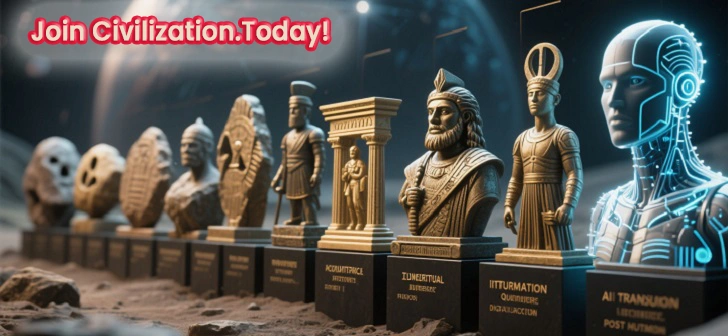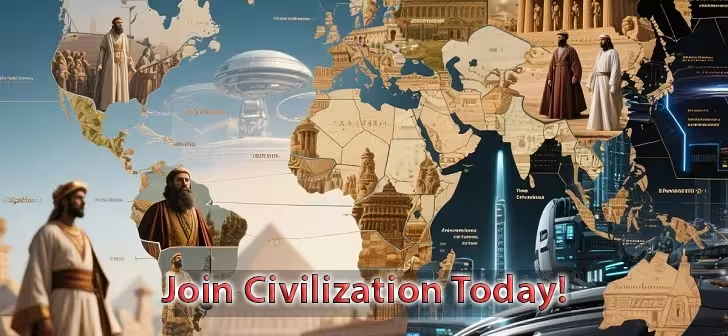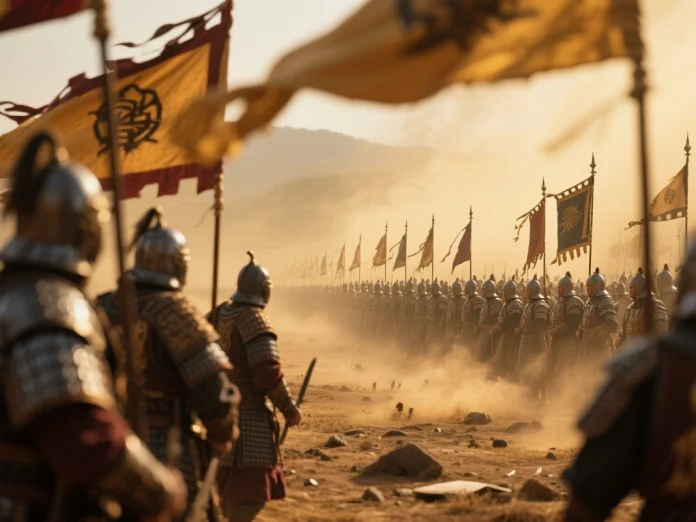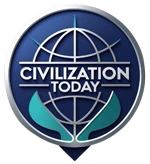When we think of human civilization, our minds often go to inventions like the wheel, writing systems, or monumental architecture. But there’s another force that quietly shaped societies, borders, and cultures: ancient military tactics. Long before the modern age of tanks, drones, and nuclear weapons, early civilizations developed ingenious strategies to defend their lands, conquer rivals, and establish empires. These early tactics were more than just about war—they were about survival, expansion, and the very structure of civilization itself.
In this article, we’ll dive deep into how ancient military tactics influenced the rise and fall of early societies, and how their innovations still echo in today’s strategies of power.
Why Ancient Military Tactics Mattered
In the ancient world, power was survival. A kingdom could have fertile land, skilled artisans, and booming trade—but without military strength, it risked invasion. Armies were the shield and sword of civilizations, and tactics were their sharpest edge. Leaders who mastered strategy, from Sun Tzu in China to Alexander the Great in Greece, didn’t just win battles—they reshaped the world map.
But tactics weren’t only about destruction. The organization, discipline, and innovation behind these strategies often carried over into governance, city planning, and even diplomacy. In many ways, ancient military tactics were the foundation stones of empire-building.
The Phalanx: Unity as a Weapon
One of the most iconic ancient formations was the Greek phalanx. Rows of heavily armed hoplites stood shoulder to shoulder, their shields overlapping like scales of armor. This wall of men was nearly impenetrable from the front, and its effectiveness relied on discipline, training, and unity.
The phalanx wasn’t just a military tool—it was a reflection of Greek society itself. In places like Sparta, every male citizen trained from childhood to fight in formation. Individual glory mattered less than the cohesion of the group, a principle that became central to Greek culture and politics.
Without the phalanx, Greek city-states may never have resisted larger empires like Persia. And without their survival, Western philosophy, democracy, and art might never have flourished.
Roman Legions: The Blueprint of an Empire
If the phalanx represented unity, the Roman legion represented flexibility. Unlike rigid Greek formations, Roman soldiers fought in smaller units called maniples, which could maneuver independently on the battlefield. This adaptability gave Rome the edge in diverse terrains, from the forests of Gaul to the deserts of North Africa.
The Roman military machine wasn’t just about formations—it was about logistics, engineering, and relentless organization. Roads built for troop movement became the arteries of empire, connecting cities, cultures, and trade routes. Fortresses turned into towns, and war camps laid the groundwork for future cities.
“In short, Rome’s ancient military tactics built more than an empire—they built civilization itself.”
Siege Warfare: Breaking the Walls of Power
As cities grew larger and stronger, walls became their ultimate defense. This forced armies to innovate. Ancient civilizations developed siege tactics that would forever change warfare: battering rams, siege towers, and catapults.
The Assyrians, often called the world’s first true military superpower, mastered these techniques. They didn’t just storm cities—they psychologically crushed enemies through terror and propaganda, showing that strategy was as much about mind games as physical force.
Later, Alexander the Great’s siege of Tyre in 332 BCE demonstrated both ingenuity and determination. By building a massive causeway to reach the island fortress, he proved that no city was truly impregnable. This principle—that with the right strategy, no obstacle is insurmountable—became a lesson repeated throughout history.
Cavalry: Speed as a Weapon
Foot soldiers dominated ancient battlefields for centuries, but the introduction of cavalry changed everything. Horses gave armies speed, mobility, and shock power. Civilizations like the Scythians and Mongols mastered mounted archery, striking quickly and vanishing before slower infantry could react.
In early civilizations, cavalry represented not just military strength, but social power. Horses were expensive to breed and train, so cavalry units often came from aristocratic classes. In this way, ancient military tactics reinforced social hierarchies, giving elites both political and battlefield dominance.
Naval Power: Controlling the Seas
While armies fought on land, navies determined who controlled trade routes and coastal cities. Ancient naval tactics were just as crucial to shaping civilizations.
The Greeks, for instance, perfected the trireme, a fast, agile warship equipped with a bronze ram at its bow. During the Battle of Salamis in 480 BCE, the Greek fleet used clever maneuvers to trap and destroy the much larger Persian navy. That victory didn’t just secure Greece’s freedom—it preserved the cultural flowering that would later inspire Rome and the Renaissance.
Naval dominance proved that civilizations didn’t need to be the biggest to survive—they just needed the smartest strategies.
The Philosophy of War: Strategy Beyond the Battlefield
One of the most fascinating aspects of ancient military tactics is how they went beyond combat. Thinkers like Sun Tzu, author of The Art of War, treated strategy as a philosophy of life. He argued that the best victory was one won without fighting, through deception, diplomacy, or clever positioning.
This mindset influenced not just generals, but rulers, merchants, and diplomats. Ancient military tactics taught leaders that power wasn’t only about brute force—it was about foresight, planning, and adaptability. These principles remain as relevant today in politics, business, and global affairs as they were thousands of years ago.
Lasting Legacy: Ancient Military Tactics in the Modern World
It’s easy to think of ancient battles as relics of a brutal past, but their strategies are still alive today. Modern armies still study the Roman legion for lessons in organization, the Greek phalanx for lessons in cohesion, and Sun Tzu for lessons in psychological warfare.
Even outside the battlefield, echoes remain. Corporate leaders borrow tactics from military strategy for business competition. Politicians use siege-like pressure campaigns against rivals. And in a world where cyber warfare is rising, the timeless lessons of deception, adaptability, and unity are more relevant than ever.
Conclusion
The story of human civilization cannot be told without the story of military tactics in the ancient age. From phalanxes to legions, siege engines to cavalry, these strategies shaped not only wars but the very foundations of society. They decided who would rise as an empire and who would fall into obscurity.
In many ways, strategy is civilization’s secret blueprint. Without it, history would have unfolded in entirely different ways. The next time we think about how societies were built, we should remember: sometimes, it wasn’t the pen or the plow that shaped the world—it was the spear, the shield, and the strategy behind them.




